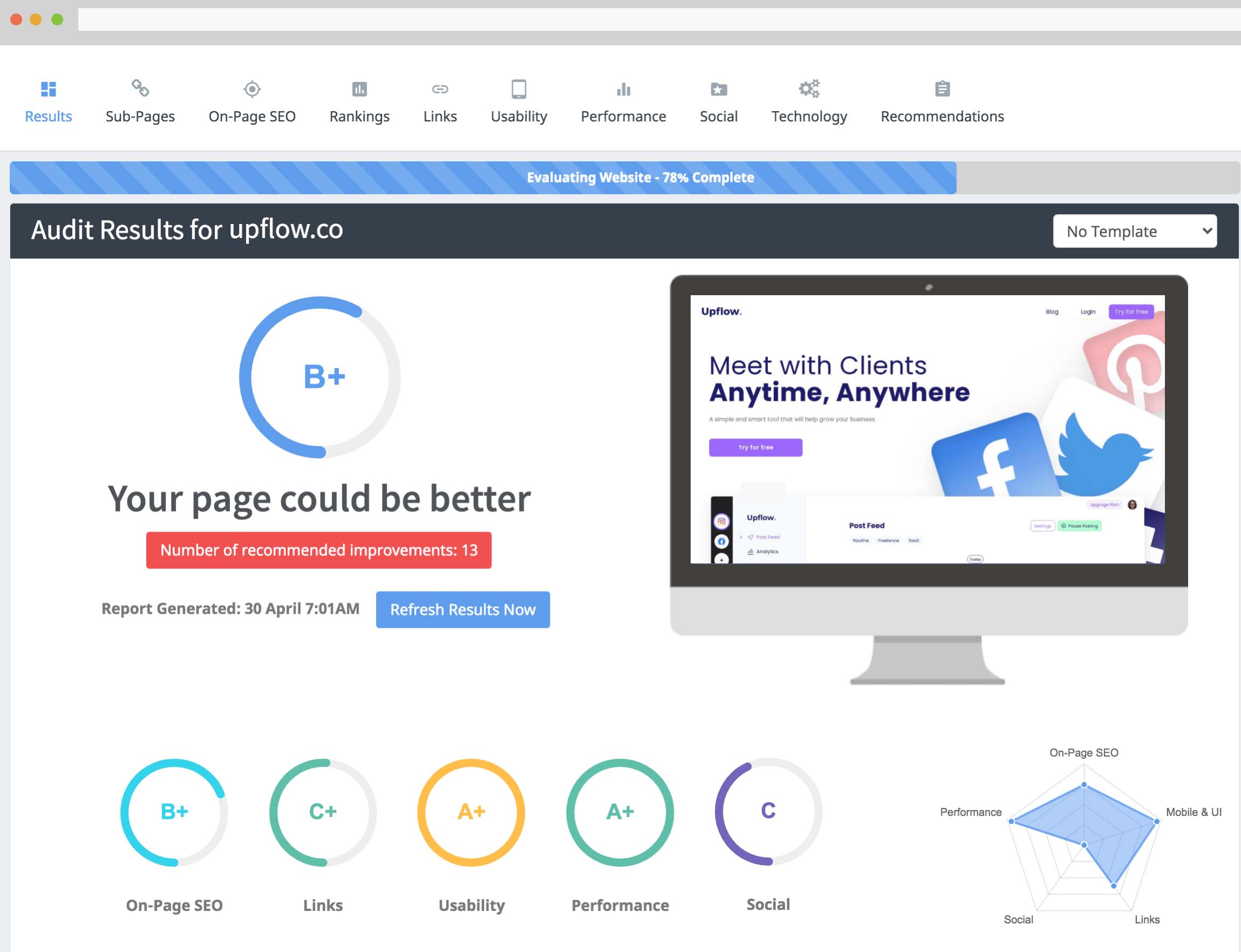Is Keyword Density a Measure of a Website’s Traffic?
The importance of keyword density to your business SEO strategy cannot be overstated; it refers to the frequency with which a keyword appears on a page. A low keyword density (under-optimized) will make it difficult for you to rank. If you go overboard with keyword density (over-optimizing), you risk having your URL/site punished by Google and vanishing from the search results altogether. Don’t screw this up.
What is the significance of keyword density for SEO?
A page’s keyword density has a significant impact on Google’s ability to detect the topic of a page. The algorithm assumes that if a page repeatedly discusses the same subject, it is most likely focused on that subject.
SEO services used by SEO companies have always relied heavily on keywords, and they will continue to do so in the future. Search engines (like Google) use them as a way to determine the content of a page. Even additional indicators and cues may be given to Google by the number of times you employ your keywords (keyword density).
When SEO agencies realized this in the pre-2011 era, they began stuffing keywords onto pages in order to trick Google-bot into thinking that your page about “affordable SEO services” was “super relevant to SEO agencies, let’s rank them highly.” Now, this tactic is no longer used by Google, but it was common practice before 2011.
To combat these “spammy” sites with keyword-heavy content, Google implemented “Panda,” an algorithmic shift that started classifying low-quality, spammy sites as “keyword-heavy.” Google’s “Hummingbird” search engine algorithm lays more emphasis on natural language inquiries, focusing more on context and meaning than specific terms.
“Semantic” or logic-driven search engines have evolved throughout time. Over-optimizing for keywords is now considered a black-hat SEO strategy, as is using term stuffing to artificially inflate the search engine rankings (illegal.) If you’re uncertain, aim for 1-3 percent keyword density.
A substantial percentage of top-ranking material had a keyword density of up to 50% before the recent Google adjustments. Today, that’s not going to work.
Keyword density should be between 3% and 10%, to begin with, however, this might vary widely from keyword to keyword and definitely from industry to industry, as with everything in SEO.
Those keywords appear at a rate of around 1-3 per 100 words in the Header (Title Tags). The most crucial location to include a keyword is in the page title or title tags.
If you didn’t already know, the page title is the name of your site on search engine results pages (search engine results pages.) Like a title for a story, it informs search engines what your website is about. Search engines, such as Google, seek keywords in the title tags of web pages. This must be done, and as early as feasible if at all possible.
Heading 1 (Headline)
Your h1 header — the actual title of your page — should also include a keyword. The page title and the h1 header are often mistaken, thus understanding the differences is critical. Your website’s SERP headline is determined by the page title.
Your webpage’s h1 header notifies Google, in essence, “Hey, this is the key subject of this post,” by using the HTML tag h1>.
In high school, you may recall composing an essay outline. Both the essay’s title and its primary subject, I, are already in place. Here’s where we’re going to focus our attention. Your readers (and search engines) can know right away what the page is about by looking at the h1 header.
Sections of the text (H2, H3)
Subheadings (H2, H3, etc.) should include keyword variants. Why? As such, wouldn’t you want to notify Google (through HTML) that this page is about XYZ if these “headings” represent the key themes and subtopics of your article or webpage?
Headings and subheadings have a greater impact on a website’s SEO rating since they notify search engines what the page is about.
The URL’s slug
It’s a good idea to include a relevant term in the URL slug. When it comes to search engine optimization (SEO), URLs carry a powerful punch. It is, in fact, one of the most important on-page variables used by the best SEO service providers. Recall that conciseness is key while crafting your response.
Keep in mind that your title, h1 header, h2/h3 sub-header, meta description picture alt-text, and URL slug should all include variants of your target keyword(s). Be sure to keep things fresh and different.
Description of the Metadata (Meta Tags)
Indirectly, SEO agencies make their customer benefits from the usage of meta descriptions which increase click-through rates. In a sense, the meta description serves as a brief or a sneak peek. It informs visitors and search engine crawlers alike about the content of your website. You’ll almost certainly utilize a keyword if you want to correctly describe your website.
In spite of what many SEOs claim, the meta description has a direct impact on search engine rankings because when someone searches for anything on Google, the search engine bolds those phrases in meta descriptions.
Use LSI Keywords in a Variety of Forms
The modern keyword approach is less about repeating the same keywords over and over again, but rather employing a variety of synonyms and supporting themes to make an article more complete. LSI keywords are versions of the same term that have a high degree of similarity to each other. These are words or phrases that have a high degree of semantic similarity to your primary keywords.
LSI keywords (keywords that are closely linked to each other) are searched by search engines like Google. You have a better notion of what your website is all about after reading this. Also, keep in mind that LSI keywords are not the same as the terms they refer to. Words that have a similar or the same meaning are known as synonyms.
An LSI keyword is one that appears in search results as a group with your primary keyword(s).
Final Thoughts
Throughout this content, we’ve discussed the notion of keyword density which we have as one of the best SEO agencies in Australia, and we have moved consistently with the gradual change trend in keyword density usage.
The term density is a ratio that shows you how frequently a keyword occurs on a website based on how many times it appears in the content.
When optimizing a customer website for search engines, at P1 SEO agency, we do keep an eye on keyword density to avoid over- or under-optimizing, but it’s also critical to strategically place keywords across your pages for optimal SEO effect and develop semantic relevance by thoroughly covering themes.



